(April 30, 2023) When Ben Kingsley was shooting for the 1982 film Gandhi, his resemblance to Mahatma Gandhi was so strong that locals at the film shoot thought that he was the late leader’s ghost. Over the years, several notable actors like Naseeruddin Shah and Darshan Zariwala have portrayed the father of the nation on screen winning awards and accolades but Ben Kingsley’s portrayal of Mahatma Gandhi continues to hold the undisputed gold standard of the iconic character on screen. The performance did not just earn Kingsley critical acclaim but won him an Academy Award for best actor and BAFTA award for best actor in a leading role.
In a career that spans more than five decades, the Indian descent actor has carved a niche for himself in global cinema. He has received several awards and accolades along the way, including a Grammy award, a British Academy Film award, and two Golden Globes. In 2002, the actor was appointed the Knight Bachelor for services to the film industry.
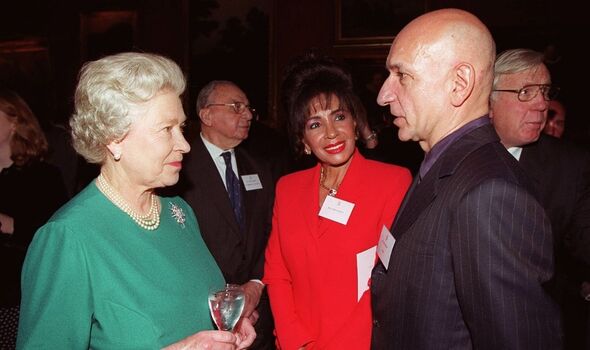
Ben Kingsley with late Queen Elizabeth
After earning the honour of being appointed the Knight Bachelor, Kingsley said in an interview with the BBC:
I told the Queen that winning an Oscar pales into insignificance — this is insurmountable. I feel that I am a storyteller and to receive a knighthood is the real recognition of that.
In 2010, Kingsley was awarded a star on the Hollywood Walk of Fame, and in 2013, he received the Britannia Award for Worldwide Contribution to Filmed Entertainment and a Padma Shri by the Government of India. The Indian-origin actor’s handprints are displayed at Leicester square London, along with floor-mounted plaques of other film stars of repute.
From Krishna Pandit Bhanji to Ben Kingsley
Born to a Gujarati father, Rahimtulla Harji Bhanji, and an English mother, Anna Lyna Mary Goodman, Ben Kingsley’s real name is Krishna Pandit Bhanji. He was born in Yorkshire, England and grew up in a family that was proud of its Indian heritage.
Aspiring to make it big as an actor, he changed his name to Ben Kingsley early in his career.
In an interview to Radio Times he said, “As soon as I changed my name, I got the job. I had one audition as Krishna Bhanji and they said, ‘Beautiful audition but we don’t quite know how to place you in our forthcoming season.’ I changed my name, crossed the road, and they said when can you start?”
It was the 1960s. In those days, the South Asian actors were not held in high regard. Kingsley’s fear that his birth name might not be accepted by casting directors and audiences had come true compelling him to change his name. “I chose the name Ben Kingsley because I wanted a name that sounded ‘solid and dependable’ and at the same time would be easy for people to remember in the British film industry,” he said in an interview with The Guardian. Kingsley had always been inspired by his grandfather’s bookshop, which was called King’s Lee, and chose a similar-sounding name for himself.
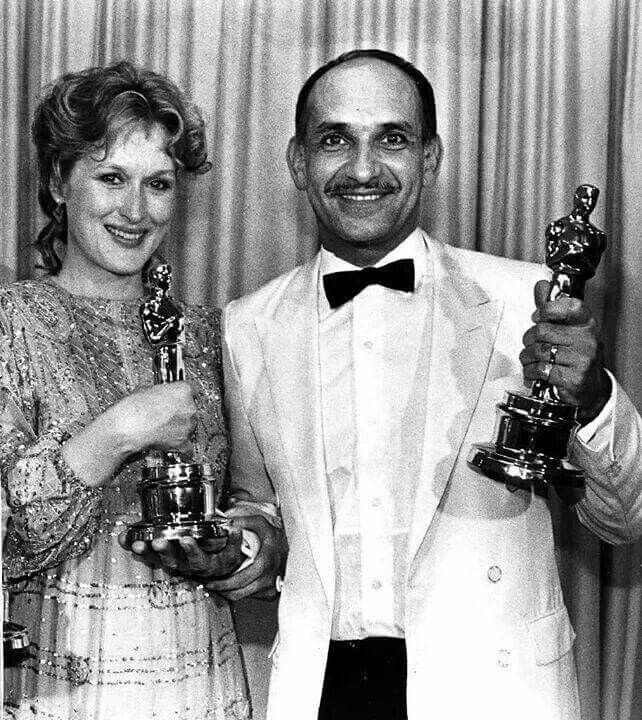
Ben Kingsley with Meryl Streep after winning their Oscars
However, despite changing his name, Kingsley has always been proud of his Indian heritage and has often spoken about his love for Indian culture. He has also actively sought out roles that showcase his connection to India, and always remained indebted to the makers of Gandhi for giving him the role of a lifetime. During the filming of Gandhi in India, he got the opportunity to immerse himself in Indian culture and learn more about the life and teachings of Mahatma Gandhi.
Apart from an exhaustive list of incredible work in world cinema, Ben Kingsley has appeared in several films with Indian themes, such as A Common Man and Teen Patti. He played the role of a Sikh driving instructor in the film Learning to Drive and lent his voice to the character of Bagheera in the adaptation of Jon Favreau‘s The Jungle Book (2016), which was a remake of the 1967 film. Kingsley has also recorded Yogananda‘s Autobiography of a Yogi in a book-on-tape format.
Immense love for cinema
After completing his education, Kingsley pursued a career in acting and made his debut in the 1960s with roles in various British television shows and stage productions.
He struggled to set up a base in the British film industry and had a difficult time finding work in the initial years of his career. The actor was even told by one casting director that he was ‘not tough enough to make it as an actor’. Undeterred, Kingsley continued to pursue his passion and eventually found success.
With dedication towards his craft, Kingsley continued to hone his acting skills, and created a niche with his method acting approach, immersing himself in the characters and the backgrounds. For his role in Gandhi, the actor went on a strict vegetarian diet, learned to spin his own yarn and even slept on the floor to get into the character.
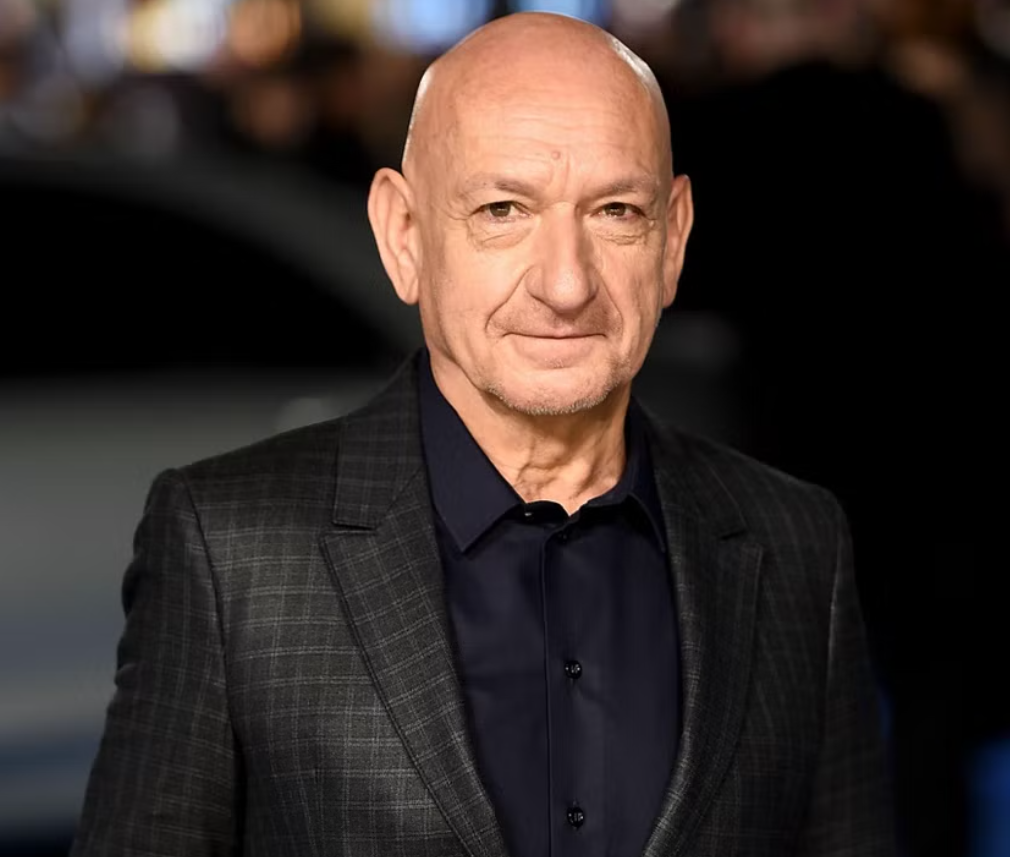
Ben Kingsley
In Iron Man 3, he played the role of the villainous Mandarin, who used to address everyone as ‘darling’. The actor was so committed to his performance that he even stayed in character off camera. He would speak in the accent he used for his character and called everyone ‘darling’.
As much as he is a fine actor, Kingsley has been a good mentor too. He has mentored many young actors including Slumdog Millionaire star Dev Patel with whom he worked in the film, The Last Legion. Patel went on to publicly mention Kingsley’s mentorship on several occasions and the impact it had on his career.
The affable star
As a person of mixed Indian and British heritage, Ben Kingsley has always been proud of his Indian identity and has sought to celebrate it through his work. His personal style often reflects this, as he is known for incorporating India-inspired elements into his wardrobe and has been spotted wearing traditional Indian clothing such as kurtas and sherwanis at public events.
He has visited India several times for work and on personal trips.
In an interview with The Times of India, Kingsley said:
I feel a strong connection to India, and I am always looking for opportunities to visit the country and learn more about its culture.
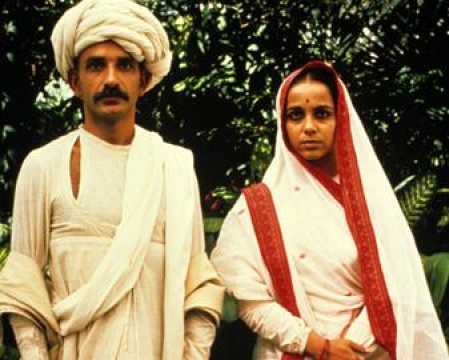
Ben Kingsley and Rohini Hattangadi in Gandhi
At 79, the actor who gained global recognition due to his talent and hard work is still active. This year he will be appearing in Wes Anderson‘s upcoming American adventure-comedy film, The Wonderful Story of Henry Sugar. It’s a film adaptation of a short story by Roald Dahl. Kingsley will be starring opposite Dev Patel and other American actors.
- Follow Ben Kingsley on Twitter



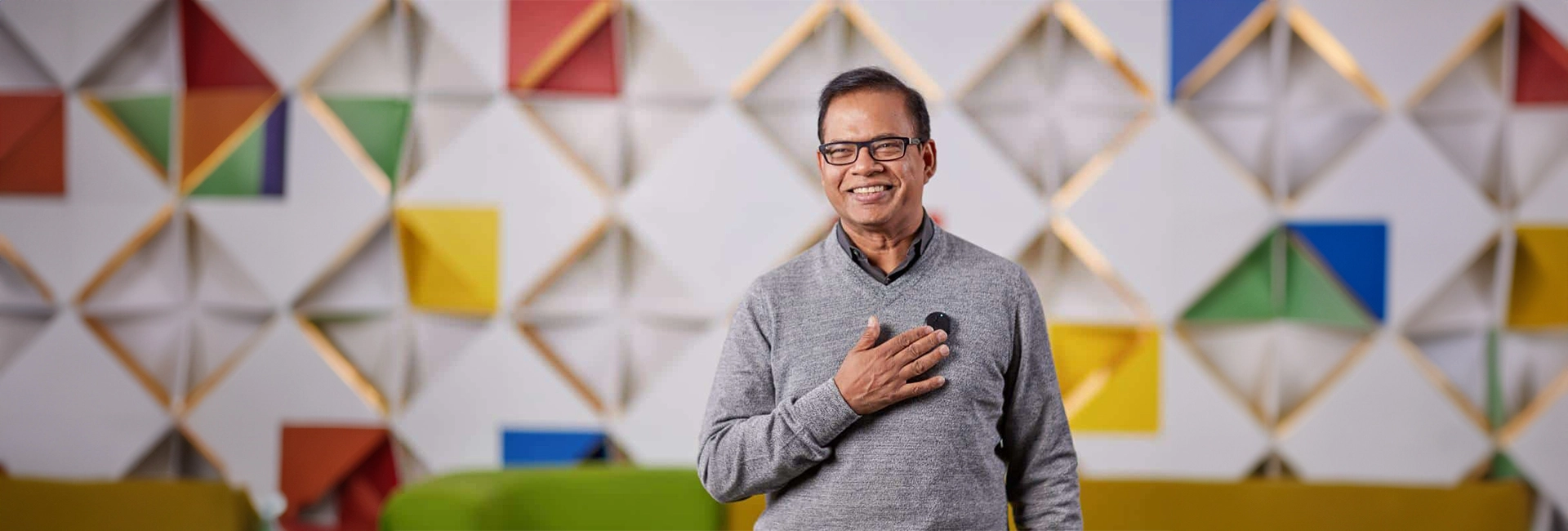
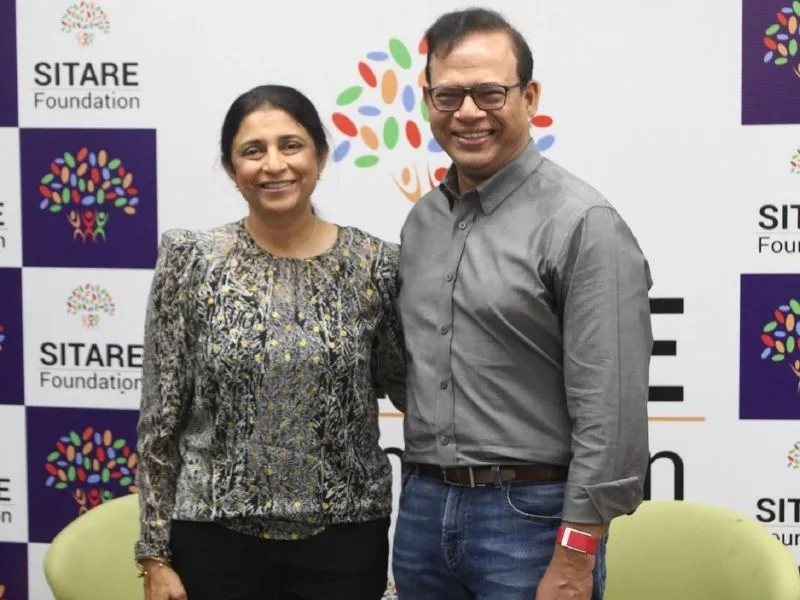 Shilpa and Dr Amit Singhal[/caption]
Shilpa and Dr Amit Singhal[/caption]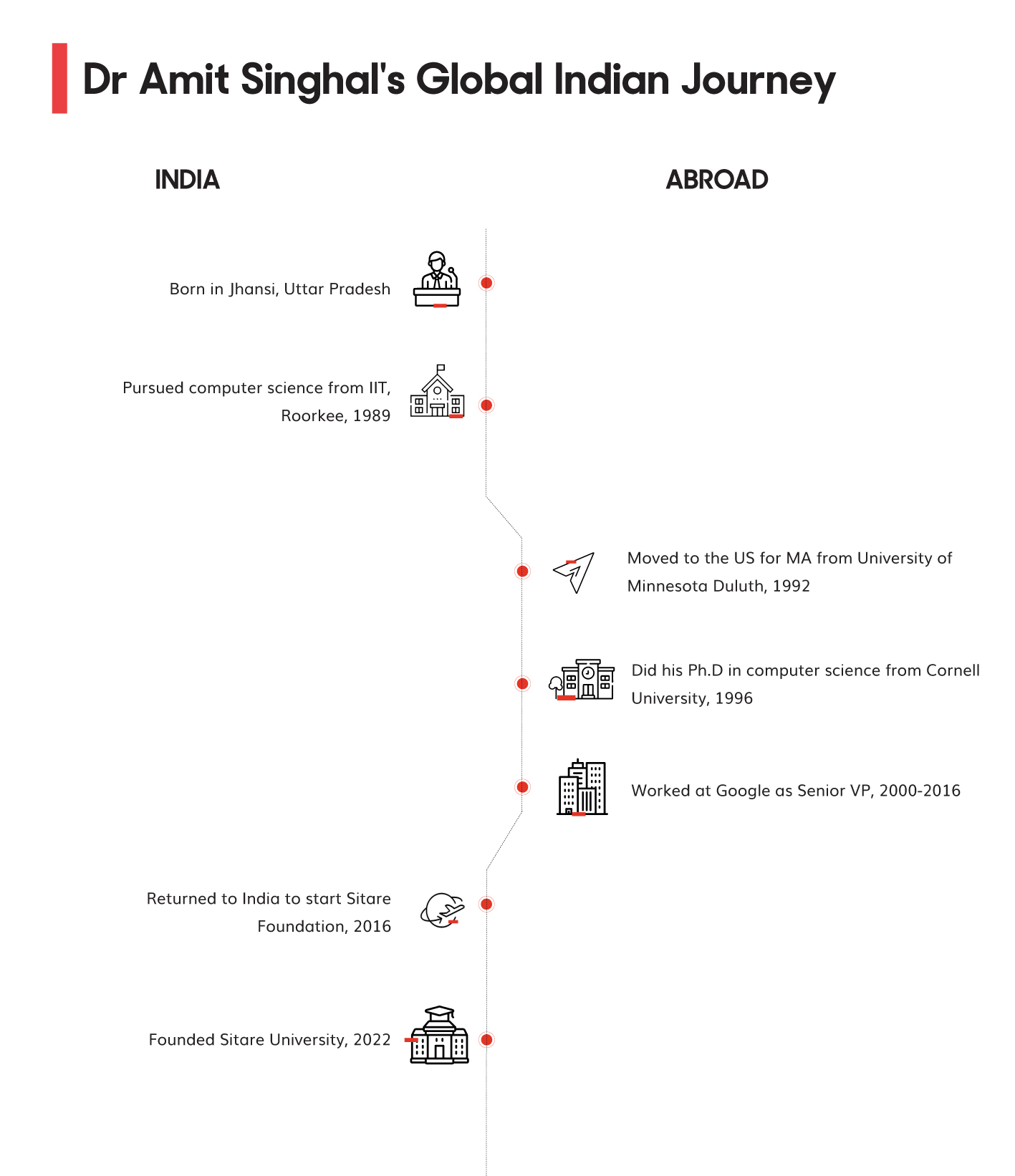
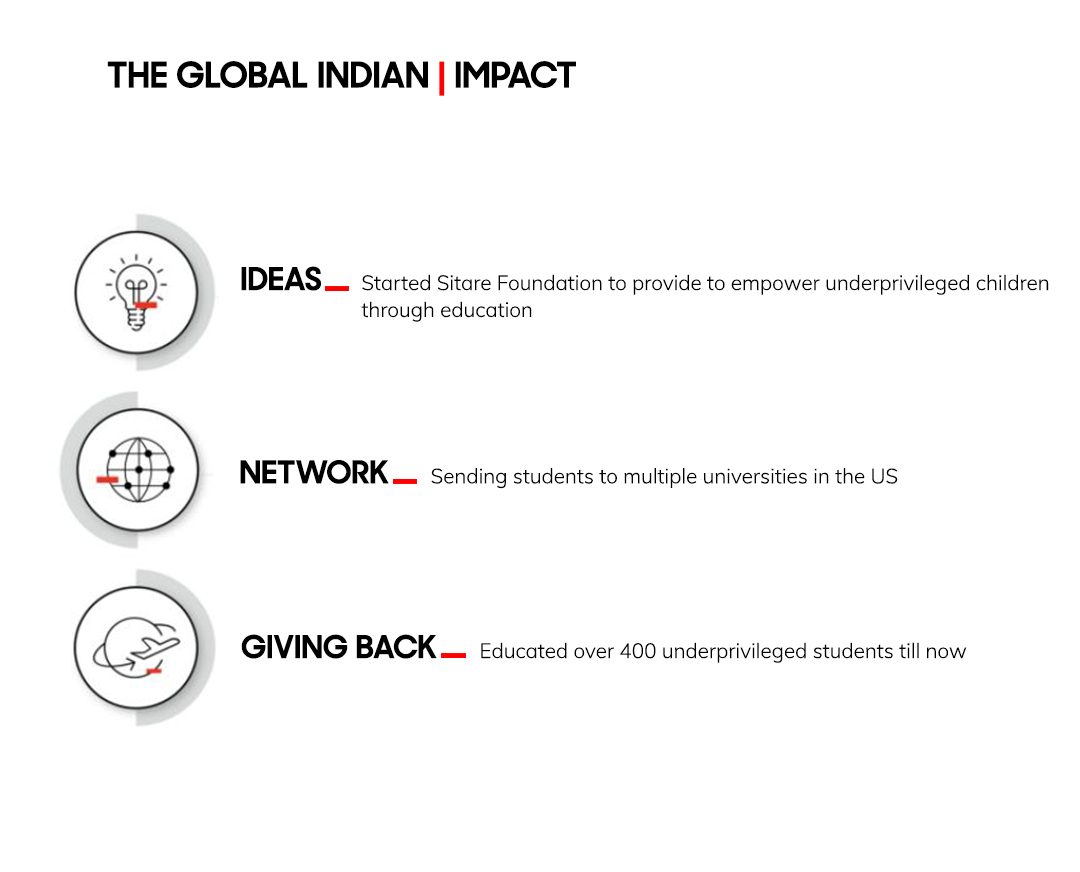


 Raj Patel with Winemaker Luc Morlet.[/caption]
Raj Patel with Winemaker Luc Morlet.[/caption]

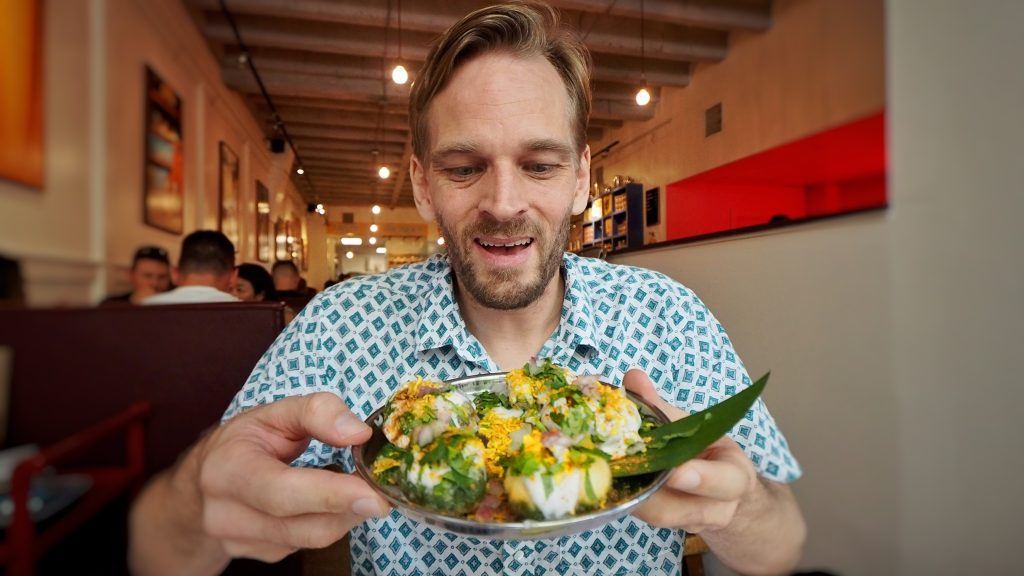

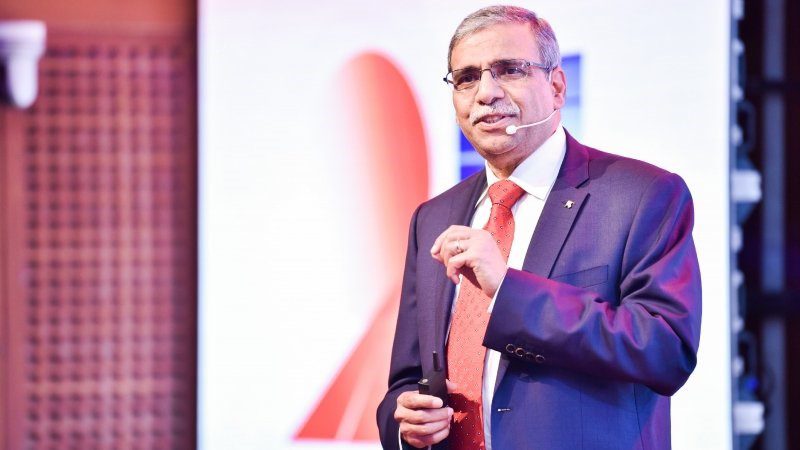 Professor Dipak Jain. Photo:
Professor Dipak Jain. Photo: 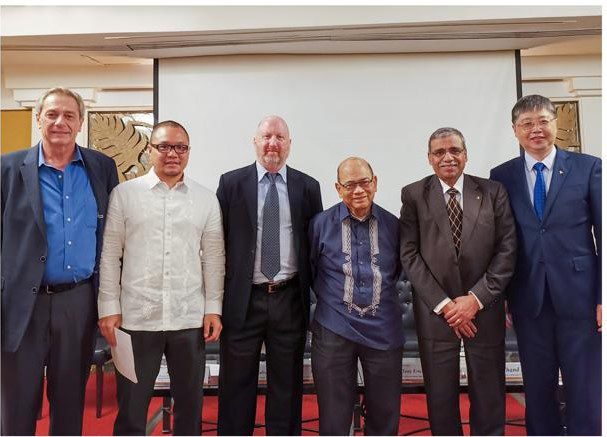 Prof Jain with alumni from CEIBS[/caption]
Prof Jain with alumni from CEIBS[/caption]